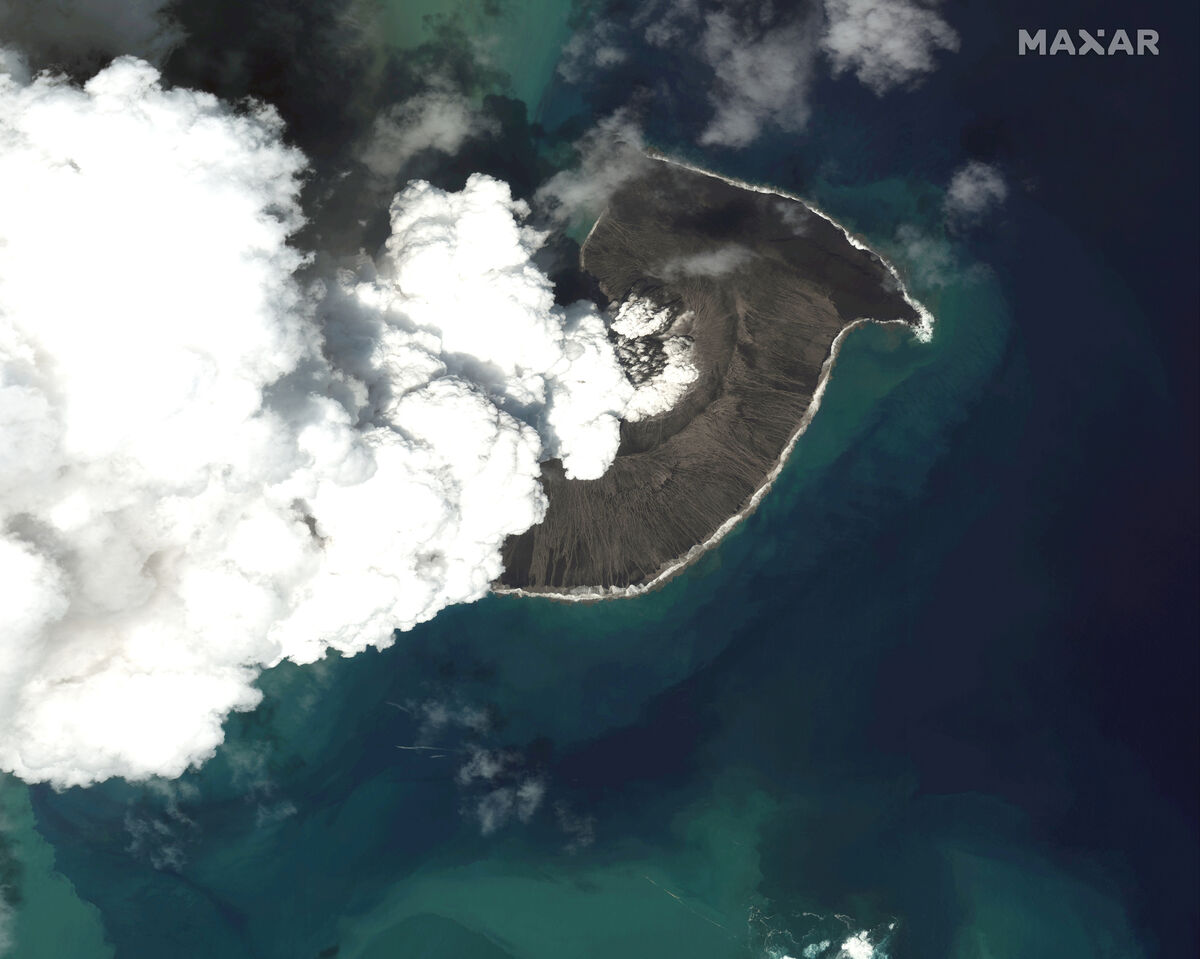Scientists look beyond usual suspects such as El Niño to explain record temperatures

Natural phenomena, including El Niño, and human interventions such as burning fossil fuels are regarded as the chief causes of global warming. But scientists are also looking at other less frequently anticipated causes. Stock picture: David Jones/PA


CLIMATE & SUSTAINABILITY HUB















